Kyrgyzstan

Country Spotlight
Kyrgyzstan did not inherit nuclear, chemical, or biological weapons after the collapse of the Soviet Union and has not pursued WMD since. However, radioactive waste from uranium mining and milling operations reflects the legacy of the Soviet nuclear weapons establishment.
See Kyrgyzstan's performance in
Region Former Soviet Union
36 Estimated number of legacy uranium tailings and dump sites
150,000,000 Invested by the Eurasian Development Bank to modernize and clean the Kara-Balta Plant (shut down in 2016)
2019 Year the Kyrgyz Supreme Council voted to prohibit uranium mining and exploration
Nuclear
- Large amounts of radioactive waste stored pose significant health risk
- Member of the Central Asia Nuclear-Weapon-Free-Zone (CANWFZ) since 2006
- Has no nuclear power plants, signed MoU in 2022 with Russia’s Rosatom to construct small nuclear power plants
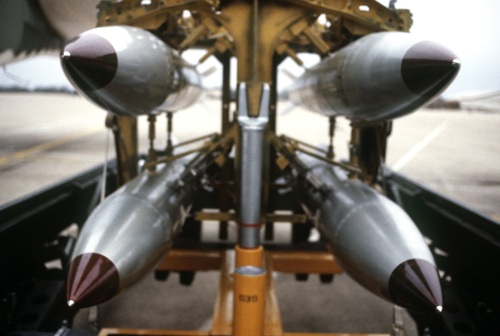
Tutorial on Nuclear 101
Biological
- Has no known biological weapons and lacks the domestic capability to produce them
- Party to the Biological Weapons Convention (BWC)
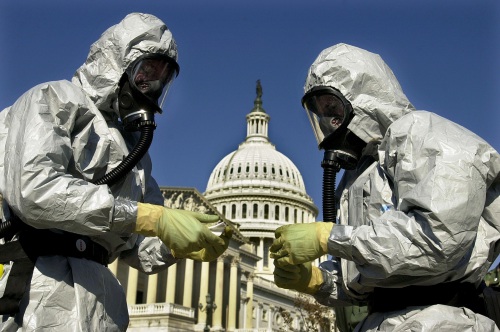
Tutorial on Biological Weapons Nonproliferation
Kyrgyzstan Overview
Missile
- Does not possess ballistic or cruise missiles
- Not party to Hague Code of Conduct Against Ballistic Missile Proliferation
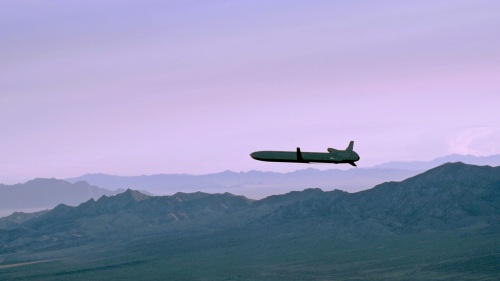
Tutorial on Missiles and Other WMD Delivery Systems
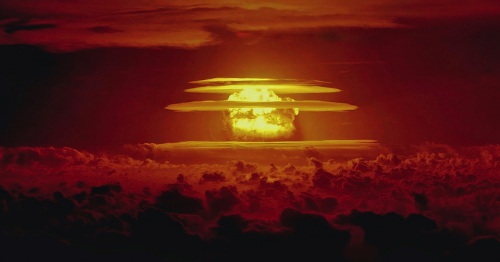
Tutorial on Nuclear Testing
Chemical
- Has no known chemical weapons and lacks the domestic capability to produce them
- Party to the Chemical Weapons Convention (CWC)
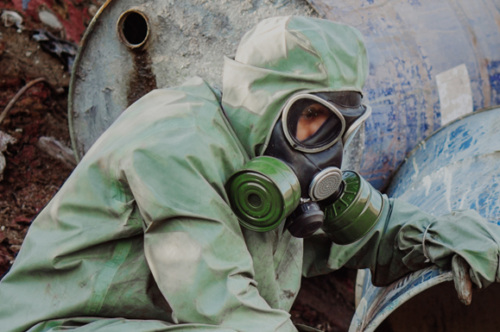
Tutorial on Chemical Weapons Nonproliferation

NTI Tutorials
Treaties and Regimes Memberships
- NTI
- CNS
Analysis
Kyrgyzstan

Establishing a Framework for Verifying North Korean Disarmament
Establishing a Framework for Verifying North Korean Disarmament
Kyrgyzstan Overview
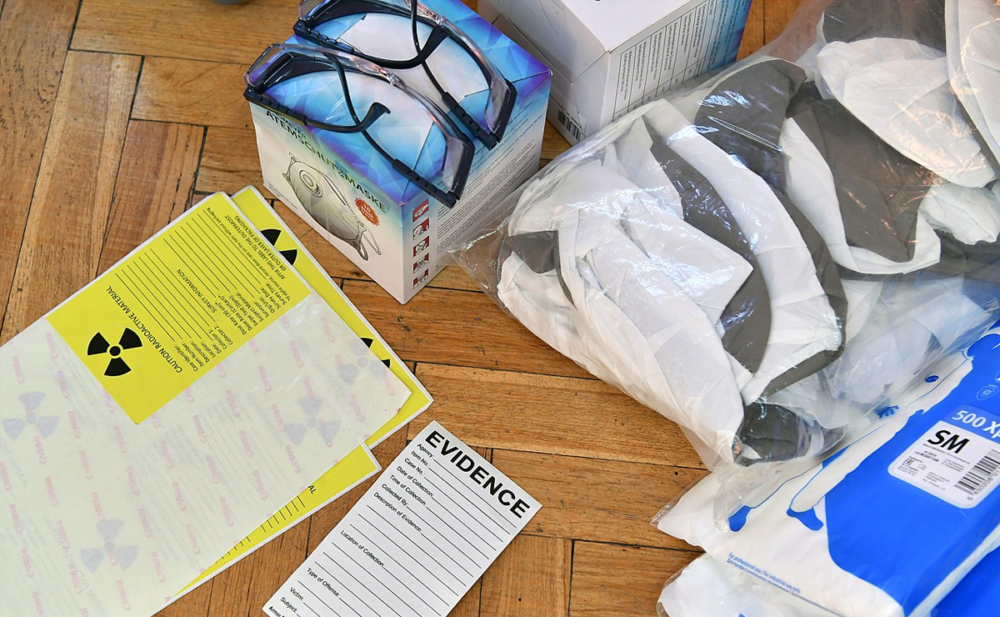
NIS Nuclear Trafficking Collection

Education Center
